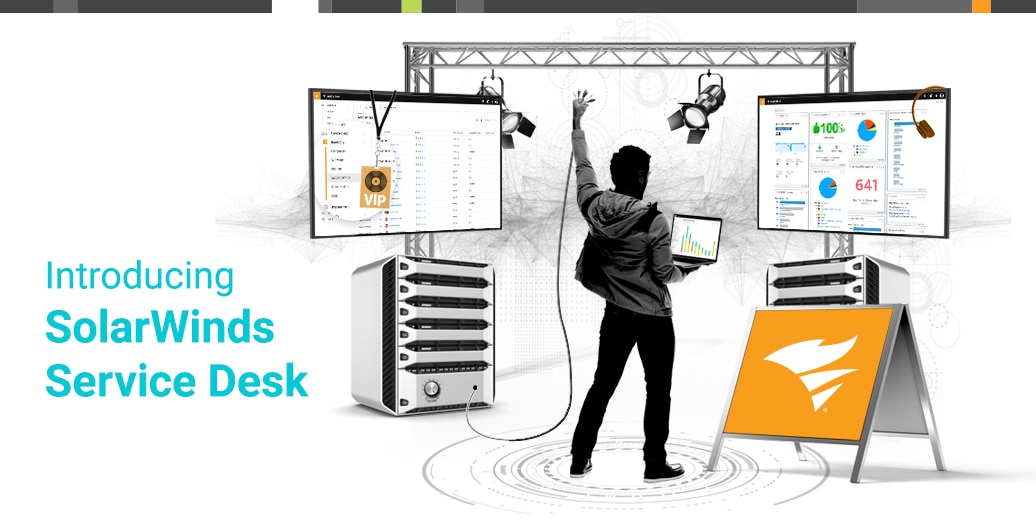Few relationships sail along without ever having to cross stormy seas. Even the best marriages need to batten down the hatches occasionally. A combination of genuine involvement, good communication, and various tools used by all involved is the best way to extend the time between encountering tempests. Business and professional relationships are no different.
Calming the Waters
The relationship between an IT department and the business it supports is one of provider and customer. A real relationship thrives when all participants are genuinely involved and prospers with good communication. Set up adequately and then maintained,
IT Service Management (ITSM) is designed to create an environment where the relationship flourishes.
What Is ITSM?
The set of activities involved to plan, design, create, deliver, operate, and manage IT services for the business.
What Does This Mean?
Most people are familiar with the paradigm where IT
systems management focuses on managing specific technology silos such as network, storage, and compute. Success is measured in uptime, availability, utilization, and how often the email inbox doesn’t get flooded. IT
service management focuses on the processes to meet employee needs and business requirements. Success is measured by employee satisfaction and quality of experience. The processes for ITSM maintain a keen focus and a strong motivation for continuous improvement. An email or chat notification is an opportunity to jump into action and enhance the relationship.
Benefits of a Healthy Relationship
Great things can happen when IT is in a healthy relationship with the broader organization and employees. ITSM can deliver benefits for IT and the business.
Benefits Realized by IT:
- A better understanding of business requirements
- Well-defined processes
- Proactive problem resolution
- Improved tracking of repeat problems
- Stats to measure and improve performance
- Defined roles and responsibilities
- Happier employees
Benefits Realized by the Business:
- Increased IT service availability translates to increased employee and business productivity
- Increased value and cost-efficiency
- Reduced risk as the business complies with industry regulations
- Adoption of new IT technology at a quicker pace
- Increased competitive advantage
One Size Does Not Fit All
An IT department can be set up in many ways, and a business can consume the services offered by IT in many ways. Because of these variables, there are myriad types of relationships between the business and IT. It only makes sense that there are multiple ITSM frameworks to choose from.
Some Common Frameworks:
- Business Process Framework (eTOM)
- Control Objectives for information and Related Technologies (COBIT)
- FitSM
- ISO/IEC 20000
- ITIL
- Lean
- Six Sigma
- The Open Group Architecture Framework (TOGAF)
Supporting the business and helping it achieve its goals is true north for any IT department. An ITSM framework should, therefore, be chosen with the business in mind and for business reasons. It’s possible to build your own by adopting the most relevant parts from some or all of the frameworks listed above. It’s also possible to incorporate homegrown processes into one of the well-known frameworks. This mixing and matching allow complete customization of the way IT offers its services.
What’s in a Framework?
The success or failure of any system can usually be traced back to people, processes, and tools; in order of importance. While the IT department supplies the people and the tools, the ITSM framework delivers on the processes. All processes are designed to shift the habits of IT from being operationally focused on systems to being employee-focused and service-oriented.
There are conventional processes contained in each of the different frameworks. The broad categories for these processes are:
The Core of ITSM
A core benefit of ITSM is how it can positively change the relationship between the business and IT. When IT takes on a more employee-focused and service-oriented approach to delivering its services, IT can transform from being viewed merely as a cost center to a trusted business partner. There will always be a need for IT to be tactical in certain situations. By adopting and being genuinely involved in ITSM processes, IT can spend more time being strategic. IT can be a business enabler.







